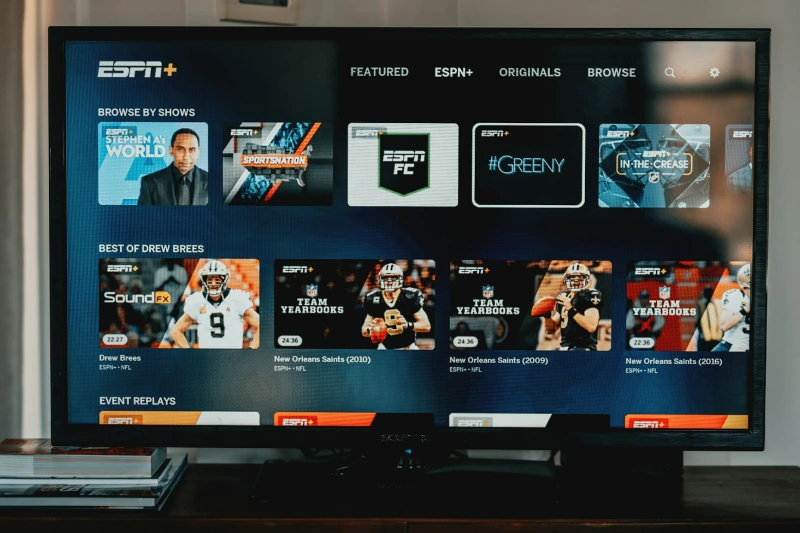How to Easily Block Ads on Android Devices
Smartphones have become an integral part of our lives. While they offer hundreds of apps and features, the presence of intrusive ads can hamper the overall user experience in no time. The ad situation is particularly evident on Android devices, where users have complained about annoying ad banners and pop-ups showing up in apps and browsers.
Thankfully, you don’t need to switch to an iPhone to avoid a frustrating ad situation on Android. You can easily stop ads on Android using AdLock, DNS, VPN, third-party ad blockers, and more. Continue reading to remove ads from Android in minutes.
Using AdLock for Blocking Android Ads
While there is no shortage of ad blockers for Android, AdLock easily stands out among the rest due to obvious reasons. Whether you want to remove ads from apps, games, or while browsing the web, AdLock for Android can be your one-stop solution to get the job done in seconds.
Unlike other solutions, you don’t even need to root your Android phone to get started. You can simply download and install AdLock and enjoy an ad-free browsing experience while applying breaks on data consumption. Let’s check it in action, shall we?
- Open Google Chrome on Android. Visit AdLock’s official webpage. Tap download to save the latest APK file on your device.
- Chrome may show a warning pop-up stating ‘File might be harmful’. Since it’s the official source, you don’t need to worry about any malicious files. Tap Download anyway.

- Open the Files app and go to the Downloads folder. Tap on the AdLock APK file, and the system asks you to tweak security settings to install an app from unknown sources. Tap Settings.

- Enable the Allow from this source toggle. Go back to the Files app, tap on the same file, and hit Install.
That’s it. The system should install AdLock on your Android phone. You can now launch the app, go through the on-screen instructions, and check the home menu. Enable AdLock and give it the required permission to set up a VPN connection.
You can also head to the Traffic menu and adjust the behavior of apps installed on your device. You can enable or disable ads and even block access to the internet for applications using it to serve ads only.
The Protection menu shows live statistics of blocked trackers and threats on your Android phone. You can also enable Safebrowsing to shield yourself from phishing, hackers, and malicious attacks. Overall, AdLock is a solid all-in-one adblocking beast that blocks all ads on Android. Let’s check some of the headline features.
- Block pop-ups, banners, and auto-play.
- Prevent malicious ads.
- Save mobile data bandwidth.
- Improve battery life.
- Shields personal data.
- Blocks ads in installed apps.
- Cross-platform availability on all major browsers.
AdLock is definitely worth a try and should be on top of your priority list when you look for an ad blocker on Android. AdLock offers two weeks of free trial. After that, you need to purchase the Premium version from the company’s website.
Other Adblockers for Android Devices
As mentioned before, there are dozens of adblockers that turn off ads on Android. Apart from AdLock, we have hand-picked three other capable adblockers to stop ads on an Android phone. Let’s glance over them quickly and see if it’s worth considering over AdLock on Android.
Surfshark
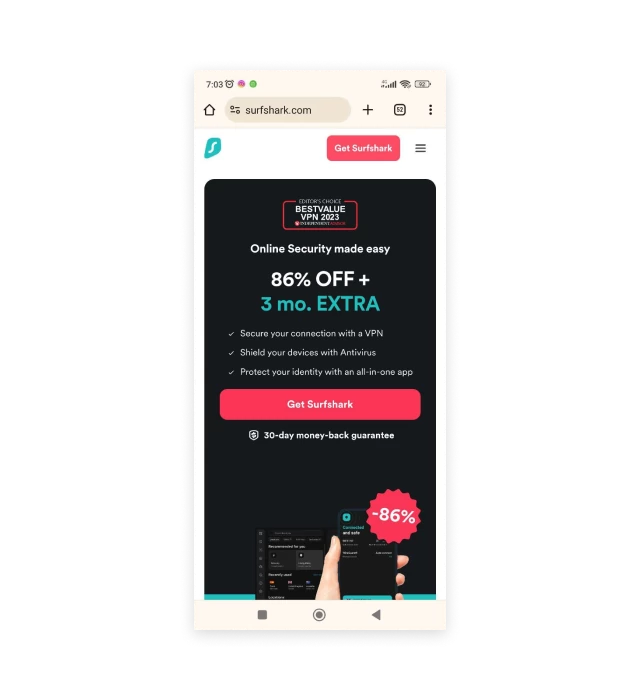
Surfshark is one of the most popular VPN apps out there. Apart from offering hundreds of servers worldwide, it also packs in CleanWeb to eliminate in-app ad banners. It’s easy to download and set up and works on all Android phones and tablets.
CleanWeb is the USP of Surfshark that blocks pop-ups, video ads, and delivers better browsing speeds. Since it’s a VPN app, you can connect to another region server to unlock restricted content, hide IP addresses, and create a private browsing setup on Android. While it works as expected in a user-friendly interface, Surfshark lacks customized ad blocking, which can be a deal breaker for many.
With a 30-day money-back guarantee, it’s definitely worth giving a shot. That said, compared to AdLock, it lacks protection statistics, custom ad blocking, and safe browsing to prevent malicious attacks.
NordVPN
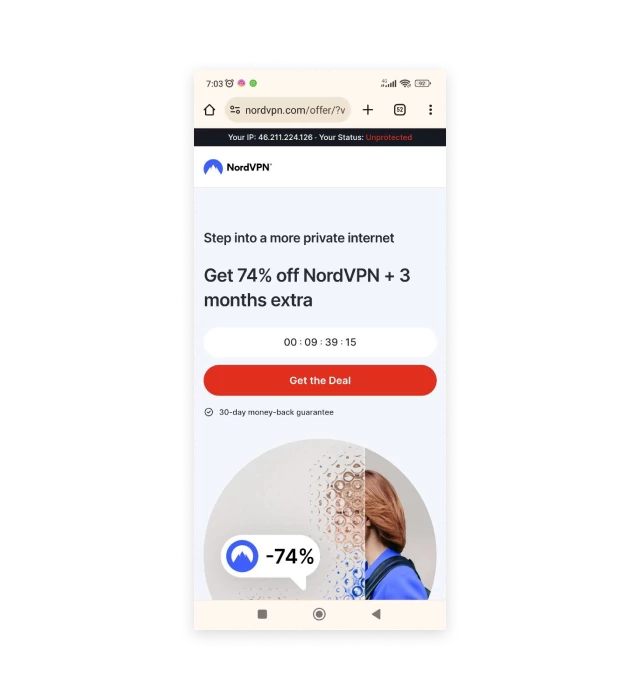
NordVPN is another robust VPN app for Android. It comes with a number of features to create a private and ad-free experience on Android. You can activate a VPN connection and utilize threat protection feature to prevent pop-ups, malicious sites, and attacks.
Unlike most VPN apps, Nord promises fast internet speeds without any compromises. Other features include multiple encryption, split tunneling, kill switch, hundreds of servers, and more in an affordable package.
You can also subscribe to the company’s extended plans to unlock more add-ons like Meshnet and a dark web monitor. While NordVPN is a feature-rich solution, it misses out on customized ad-blocking. The company’s mobile UI also leaves a lot to desire.
Windscribe

Windscribe is right up there with Surfshark and NordVPN in blocking ads on Android. Besides, it offers a capable free plan to test out the service before committing to a paid plan. The biggest highlight of Windscribe is R.O.B.E.R.T ads and malware blocker. It acts similar to Surfshark’s CleanWeb and NordVPN’s threat protection.
The free plan comes with only 11 servers and 15GB of data. Windscribe does the job well, and the paid plans are reasonably priced. However, if you compare it to AdLock, Windscribe does miss out on anti-tracking and custom ad-blocking experience in installed apps. The number of servers are also limited on the free plans, forcing most users to upgrade to a paid subscription.
Other Methods for Blocking Ads on Android
Aside from the tricks mentioned above, you can also use some of the built-in methods to block ads on Android. Power users can try rooting their Android phones to eliminate ads and pop-ups, too.
DNS
A DNS (Domain Network System) service offers an effective way to block ads on Android. You can use ad-blocking DNS addresses to block problematic websites and ads. Follow the steps below to make tweaks.
- Open Settings on your Android phone;
- Select Network and Internet. Tap Private DNS;
- Tap the radio button beside Private DNS provider hostname and enter the same;
- Type in the address of the DNS server (you can find a lot on the Internet);
- Tap Save to activate the connection.
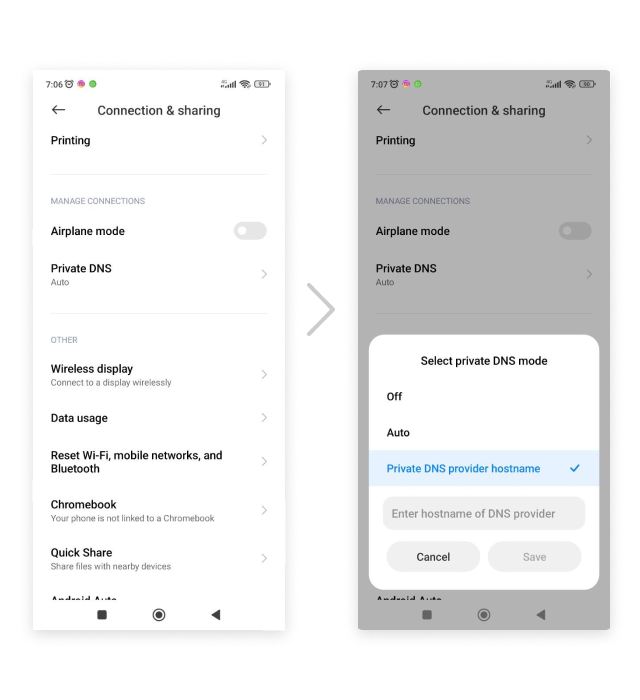
When you browse the web on a private DNS, you may notice slower internet speeds. You also run into blank areas where ad banners typically show up. And finally, some websites may not work as expected on a DNS-based ad blocker. If you run into such issues, consider disabling private DNS from Android Settings.
VPN
While a Virtual Private Network (VPN) is mostly useful for hiding your IP address, they also offer an option to block ads on Android. We have already mentioned Surfshark, NordVPN, and Windscribe in the section above. In the steps below, we will use ExpressVPN as an example.
- Download ExpressVPN from the Google Play Store.
- Open the app and sign in with your account details.
- Go to the Options menu. Tap Settings.
Tap Advanced Protection. Enable the toggles beside Block Ads, Block Trackers, Block malicious sites, and Block adult sites.
Now, activate a VPN connection and browse the web without worrying about ads popping up.
Rooting
You can also root your Android phone and block all annoying ads on Android. However, do note that rooting an Android phone voids the warranty. Besides, it’s not legal in several regions worldwide. We recommend checking it with your local authorities first.
Rooting an Android phone comes with other benefits, too. You can underclock or overclock the CPU, remove preinstalled apps, customize the phone looks, and even make complete system-level backups.
Built-In Ad Blocker
Most web browsers, including Google Chrome, come with a built-in ad blocker. The option is buried into Chrome settings. Here’s how to access and enable it.
- Launch Google Chrome and tap the three-dot menu at the top. Open Settings;
- Scroll to Site settings.;
- Scroll to Pop-ups and redirects;
- Enable the same toggle from the following menu.
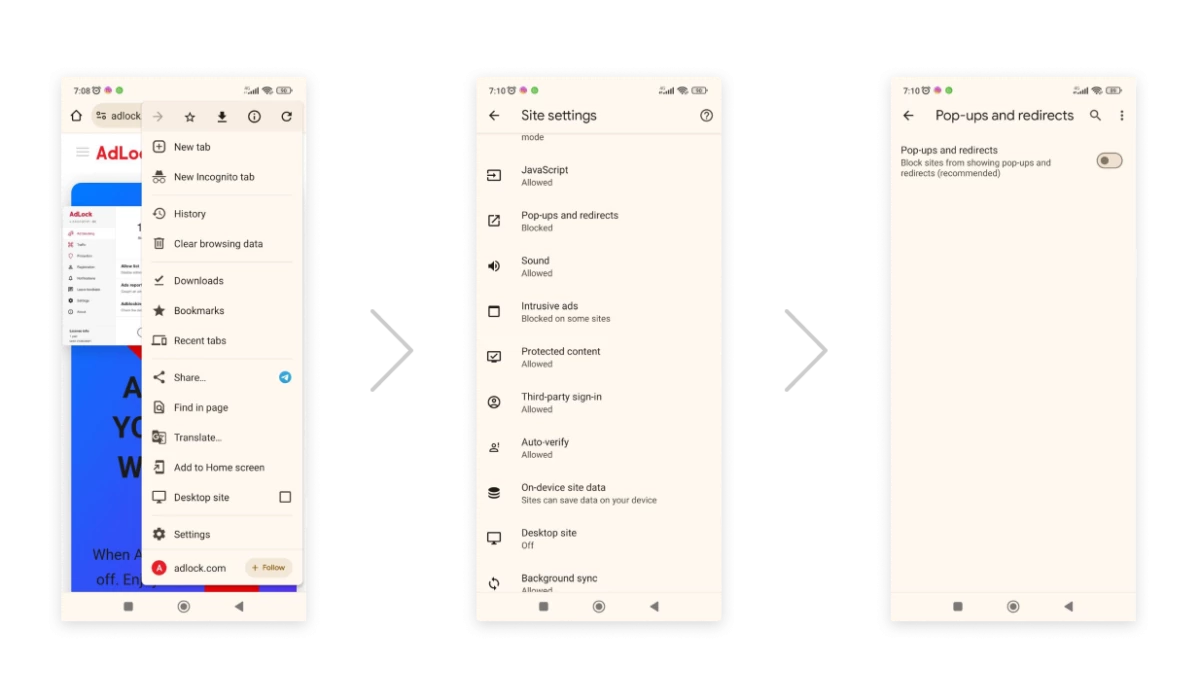
The option blocks sites from showing pop-ups and redirects. The built-in ad blocker is also available on other browsers like Samsung Internet, Firefox, Brave, and Opera.
Subscribe to premium app subscriptions
Most Android apps and games follow a freemium model. This means they offer basic features for free and encourage users to upgrade to one of the paid plans to unlock more add-ons. You may notice pop-ups and ad banners in a free plan. When you subscribe to a paid plan, the app should remove ads to deliver a better experience.
Disable wallpaper services
Some of the mid-range Android phones come with wallpaper services. They showcase wallpapers and ads from partner apps and services right on your lock screen. Follow the steps below to disable wallpaper services on your Android phone.
- Open Settings and scroll to Wallpaper and style;
- Tap Change wallpapers;
- Select Wallpaper services;
- Tap the radio button beside None.
Tweak app permissions
Some Android apps take advantage of allowed permissions and show ad pop-ups on your home screen. You need to disable such permissions for a specific app. First, you need to identify a culprit app and follow the steps below to revoke the permission. Here’s how.
- Long-tap on an app icon and open the info menu;
- Tap Display over other apps;
- Disable the Allow display over other apps toggle.
How to Block Ads on Chrome on Android
Most Android users stick to the default web browser to surf the web – Google Chrome. If you are annoyed with ads appearing left and right on most web pages on Chrome, use AdLock to remove them in no time. You can check our dedicated guide on blocking ads on Chrome using AdLock.
Stopping Pop-up Ads on Android
Pop-ups are the most annoying form of ads on Android. They appear out of nowhere and temporarily prevent you from accessing your phone’s home screen.
These full-screen ads even trigger accidental touches and trick users into downloading harmful files and apps on their Android phones. You can refer to our separate guide to stop pop-up ads on Android.
How Do I Stop Ads on Play Store Android?
Lately, Google has started showing ads on the Play Store, too. The search giant learns your habits and preferences and shows relevant app suggestions for downloading on your Android phone. Unfortunately, there is no direct way to stop ads on the Play Store on Android.
You can root your device to get rid of Play Store ads. Alternatively, you can use third-party app stores like Amazon AppStore, F-Droid, and Samsung Galaxy Store (limited to Samsung devices, obviously) to download your favorite apps and games.
Conclusion
Although Google has improved the ad situation with several built-in options, it still remains one of the sore points of the Android operating system. Here is where third-party solutions come into play. Among them, AdLock remains our top recommendation for its ease of use and long list of features.
